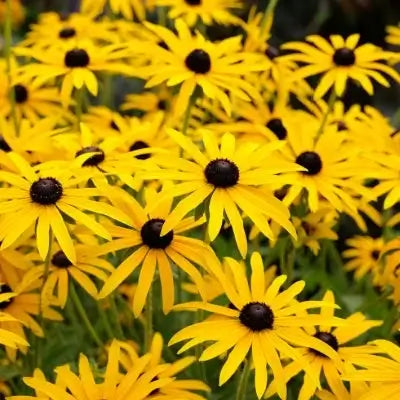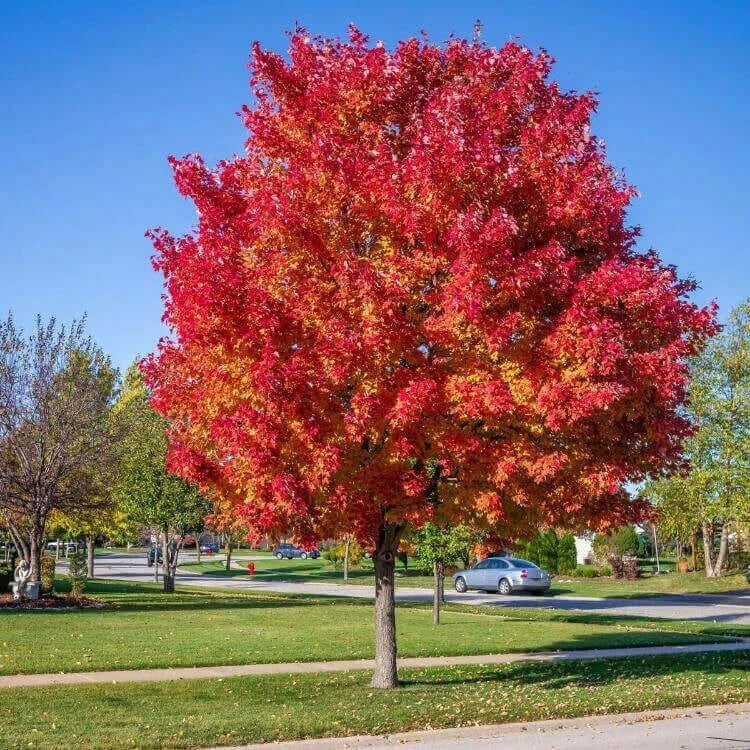Unlocking the Magic of Hay Bale Gardening
Share
The Wonder of Hay Bale Gardening
Hay bale gardening provides an innovative solution for growing vegetables, herbs, and flowers using compacted hay as the primary growing medium. This modern gardening technique uses the inside decomposition of bales instead of standard beds or containers. The decomposition of the interior creates a warm, nutrient-dense environment that supports plant root development. This gardening method appeals to gardeners who need less physical effort from bending and digging because it provides a convenient alternative to large garden plots. Properly executing hay bale gardening results in a successful cultivation system that produces vigorous plants across different environments and conditions. Hay bale gardening is an opportunity to try gardening in confined areas like patios or backyard sections that cannot accommodate standard garden beds.
The core principle of hay bale gardening stems from the specialized capacity of compressed hay to maintain both moisture and warmth. The bale's material breaks down in a controlled manner when water and nutrients are applied to create an optimal growing environment for seeds or seedlings. Gardeners at all skill levels can use this technique to avoid typical soil-based gardening obstacles. The contained growing medium in hay bales makes weed problems minimal, while the bales serve as instant raised beds, eliminating the need for tilling. The appealing visual charm of hay bales filled with greenery creates a rustic, welcoming landscape suitable for any sunny location.
Understanding the Hay Bale Method
The combination of ease and adaptability attracts many enthusiasts to hay bale gardening. Hay bale gardening requires no soil preparation or tilling because it depends on organic matter decomposition. As organic matter breaks down within the hay bale, the resulting heat maintains root warmth during cool weather, which helps to prolong the growing season. Hay bales excel at holding water, which minimizes the necessity of frequent watering. Hay bale gardening creates a stable growing medium that enables plants to thrive regardless of rocky, sandy, or clay-filled environments.
When gardeners utilize hay bales to support their plants, they quickly learn how this method combines time-honored agricultural knowledge with a modern, sustainable approach. The risk of pests or diseases in hay becomes negligible when proper maintenance and conditioning are applied. Through decomposition, the hay bales turn into compost, which can improve soil quality and enhance garden spaces. Sustainable gardening practitioners find the ability to reuse and recycle hay bales particularly attractive. After fulfilling their intended use, the bales transition from compact grass stems to a nourishing environment before decomposing beneficially into the earth.

Guiding the Conditioning Process
Gardeners must undergo conditioning before planting seeds or seedlings into hay bales. This stage maintains proper internal bale chemistry by balancing moisture content with nutrients and helpful microbial elements. Water is a fundamental element that penetrates deeply through the dense fibers and initiates the breakdown process. Nutrition is provided to the bale's microbial population through periodic applications of natural materials such as well-aged compost or organic fertilizer. During several days of decomposition, the bale generates internal heat, forming a suitable environment for new plant roots. The heat from the decomposition process speeds up seed germination and early growth, leading to vigorous seedlings energetically breaking through the bale surface.
After the initial conditioning stage, the bale develops a soft, dark surface layer suitable for planting seeds or small transplants. The planting process is straightforward: To grow, open a small pocket in the upper layer of the surface material before filling it with compost and adding seeds or plants to the pocket. Maintaining hydration levels is easier within this bale because it retains moisture effectively compared to typical garden setups. Gardeners must monitor the dryness of their bales because hot or windy weather can accelerate moisture loss beyond standard expectations. Applying extra compost or mulch layers on top helps retain moisture while minimizing water evaporation.
For successful hay bale gardening practices, the amount of sunlight exposure must be carefully managed. Growers arrange the bales to get full sun exposure during the day, promoting effective plant photosynthesis. Compared to traditional garden beds, the lightweight nature of the bales allows gardeners to move them around quickly when necessary. Gardeners establish an organized raised bed system for convenient management and watering by grouping multiple bales into a compact area. Many gardeners distribute bales throughout outdoor spaces, positioning them in sunlit areas to fill missing spots in landscape designs.
Embracing the Harvest
The maturation of plants that produce fruit, flowers, or foliage gives hay bale gardeners the satisfaction of observing their thriving ecosystem balanced on compressed golden grass blocks. The harvesting process becomes easier because the raised height of the bale reduces the need for bending when collecting mature produce. Anyone with physical challenges or wanting a more comfortable gardening method will find this convenient approach attractive. The peak ripeness of peppers, tomatoes, squash, and other vegetables allows gardeners to harvest them with minimal effort.
The last phase of a hay bale's lifespan is equally important as its initial growth period. After one growing season, the bale transforms into a rich source of organic matter, which can then be integrated into garden beds and compost piles or applied to new planting areas when needed. This material enables gardeners to sustain their gardens, while each component provides additional benefits besides its initial use. This technique allows gardeners to produce abundant yields while nurturing a regenerative soil cycle that benefits future plantings.
Unanticipated delight emerges when you garden with hay bales. Watching seeds sprout from a bale and grow into complete plants creates an enchanting spectacle that reignites our appreciation for the wonders of nature. The method engages gardeners who find satisfaction in following their garden through its whole life cycle. The gradual conversion of hay into fertile planting soil, along with plant maintenance and the ultimate harvest from an original bale, produces the satisfaction many hay bale gardeners describe.
From planting seeds to composting used bales, the hay bale gardening process creates a seamless bond between humans and nature. The process reveals that simple steps can transform everyday materials into highly efficient products. When gardeners use hay bales instead of regular pots or raised beds, they engage in a process that allows for experimentation and offers forgiveness. This technique combines adaptability and accessibility to improve your garden's appearance while minimizing typical gardening challenges. Haybale gardening demonstrates exceptional creativity and environmental consciousness as it becomes more valued in today's society while honoring the natural cycles below the earth's surface.













